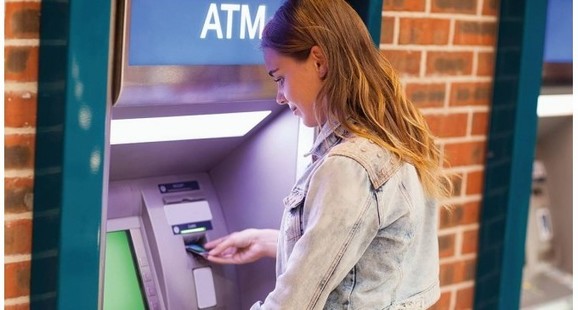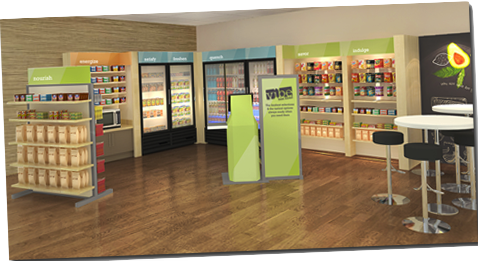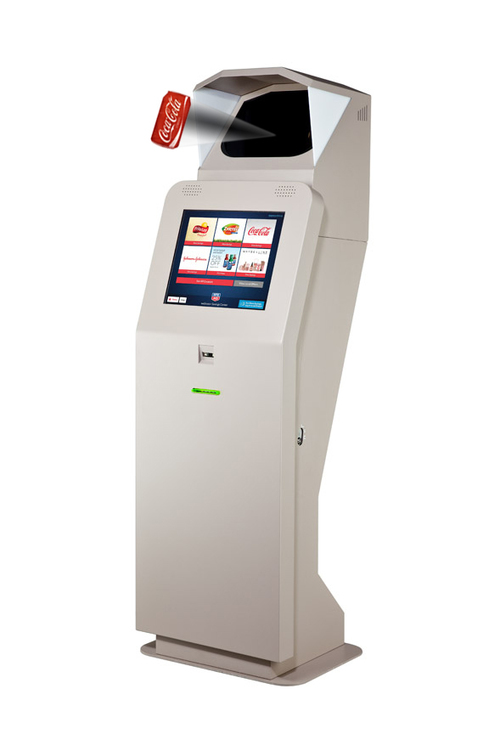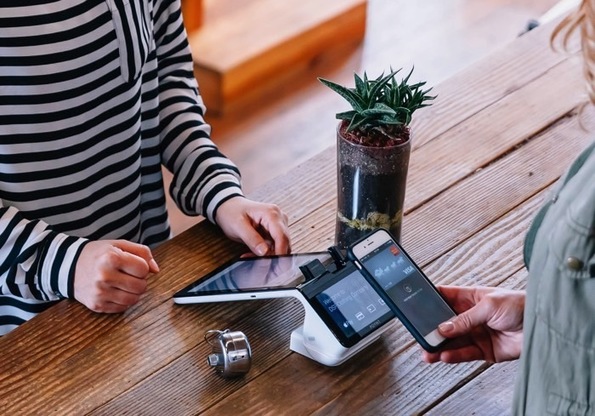The report titled “India Retail Automation Market Outlook to FY’2019 – Driven by increase in FDI, Elevated Local Production and Demand from Small-Scale Retailers” provides a comprehensive analysis of the various aspects such as market size of the India retail automation industry, cash registers, point of sale terminals, barcode scanners, vending machines and automated fuel dispensers The report also covers the market dynamics of major retail automation hardware manufacturers in India.
Source: www.prnewswire.com
Retail automation industry in India, which is hugely driven by sale of cash registers and point of sale terminals, registered revenues of INR ~ million in FY’2014. The advent of new players in the segment along with accelerated demand has led to a stupendous growth rate of retail automation industry inIndia. Each segment in this market has been subject to a gamut of different factors such as foreign investments and adaptation of technology by the people that play an important role in determining their respective revenues. The retail automation industry in India has grown at a CAGR of ~% from INR ~ million in FY’2009 to INR ~ million in FY’2014.
The retail automation devices in India comprise of instruments such as cash registers, POS terminals, barcode scanners, vending machines and automated fuel dispensers and have witnessed a variety of players in each segment. Companies such as Motorola, Honeywell, VeriFone, IBM and TVS electronics are some of the major players in the retail automation sector in India. Moreover, the presence of SMEs in this market has escalated competition and led to the astounding growth of this industry. India has been an importer of major automation devices due to lack of manufacturing capacity. The manufacturing potential of the country has been under-utilized due to lack of confidence and technological capabilities. However, with the pro-business policies of the government to attract foreign direct investments in the country, local manufacturing of retail automation devices is expected to bolster in the future.
With 92% unorganized retail sector, the manufacturers of these devices have a promising opportunity to capitalize and generate revenues. SMEs will play a critical role in the development of retail automation in the coming years. It is more likely that the presence of numerous SMEs will disbalance the market dynamics of this industry.
Vietnam and China were the leading import partners of cash registers in India in FY’2014. The year FY’2014 witnessed a spike in volume sales of cash registers due to a higher demand from nations such as France, Australia and the UAE. Automatic vending machines in India have witnessed a growing demand from the FMCG sector. In the year FY’2014, food and beverages vending machines have accounted for volume share of ~% in the overall vending machines.
The market of retail automation devices in India has been changing at a brisk rate. Technological solutions at extremely competitive prices have significantly impacted the market. Revenues from the sale of retail automation devices are expected to expand to INR ~ million in FY’2019, growing at a CAGR of ~% from FY’2015 to FY’2019.
Key Topics Covered in the Report:
– The market size of the India retail automation market.
– The market size of the cash registers market.
– The market size of the POS terminals market.
– The market size of the barcode scanners market.
– The market size of the vending machines market.
– The market size of the automated fuel dispensers market.
– Market segmentation of retail automation on the basis of products, demand from end user industries, demand from metropolitan and non-metropolitan cities
– India Retail automation market trade scenario
– Trends and Development in the India retail automation market.
– Competitive landscape and detailed company profiles of the major manufacturers of India retail automation market.
– Future outlook and projections of the India retail automation market
Download the full report: https://www.reportbuyer.com/product/3328513/








